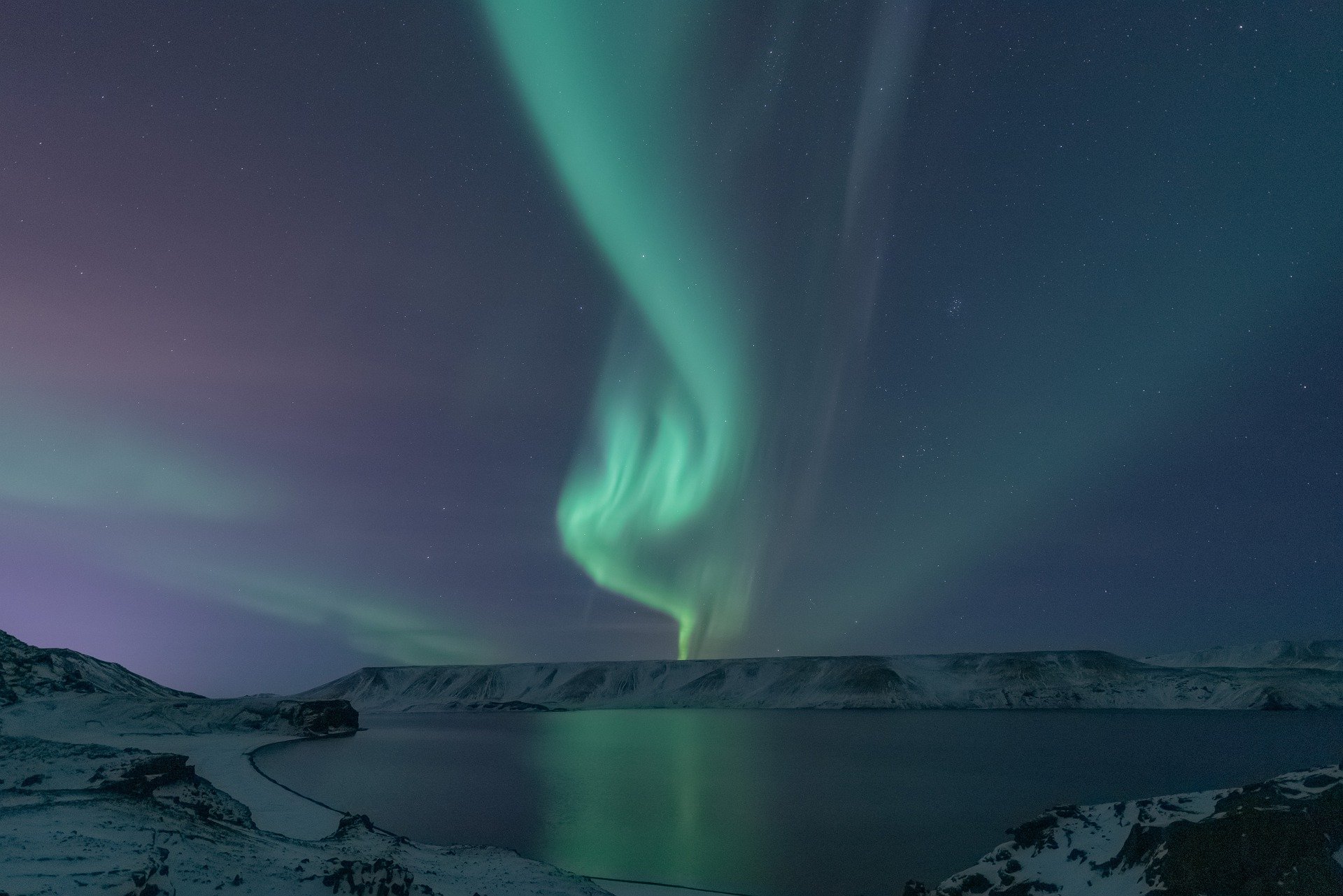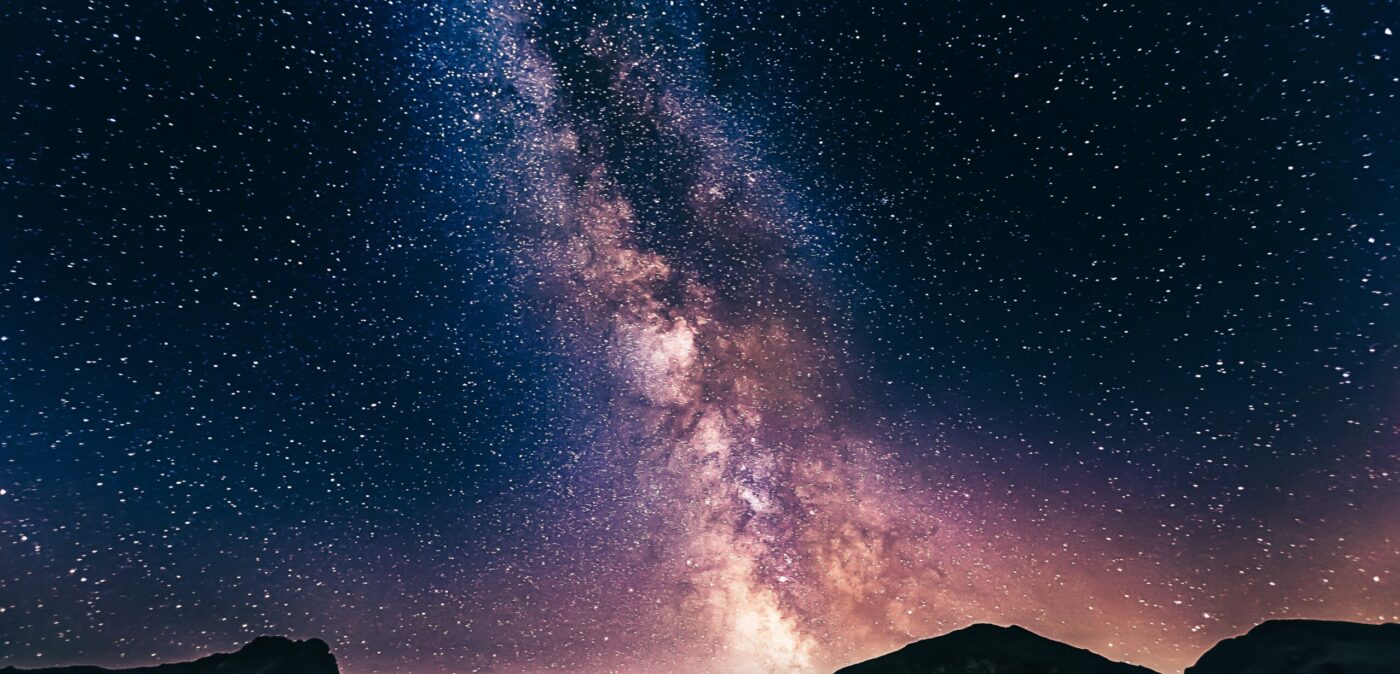
What Causes the appearance of the Northern Lights?
The northern lights are known across the world as one of the most beautiful natural phenomenon to occur. It’s fascinated humans for centuries, even making its way into mythological stories. The Vikings believed that they were the lights reflected from the shields of the Valkyrie. The people of the Six Nations Confederacy saw the lights as the path to the Land of the Souls, and the Lakota Sioux believed them to be the spirits of future generations.
Now, however, we understand exactly what they are and how they were formed. But even the scientific knowledge cannot take away from the beauty of the stories that were once told. The lights seem to hover over the horizon, dancing among the stars in an almost ghostly manner, capturing the imaginations of people to this day.
The northern lights, scientifically called the Aurora Borealis, are visible usually at high latitudes such as Sweden, Norway, and Canada. While their appearances may seem random, they’re actually tied directly to the activity of our sun. But to understand this, you need to understand solar wind.
Located 93 million miles away from Earth, our sun is a violent and fiery world. Comprised mostly of light gasses such as hydrogen and helium, the sun goes through the process of nuclear fusion to convert hydrogen into helium. Just like the Earth experiences storms, the sun does too, just in a different way. These solar storms are often quite destructive as colossal amounts of radiation and heat are expelled in giant, fiery waves. This is one of the reasons why Mercury looks so scorched – it’s had to endure direct hits from these storms since the beginning of our solar system. But even though the Earth seems so far away from the sun, the effects of the storms can still be felt.
If a large enough solar storm collides into our planet, even our atmosphere may not be enough to protect us from the radiation. Temperatures would drastically increase and electronics would all be fried. Fortunately, a storm like this isn’t going to happen any time soon, but there are still other effects that we feel every day that are much less lethal.
One such example is solar wind. Just like the wind on Earth blows through trees, and clouds, and over the oceans, solar wind makes its way through our solar system. It’s essentially a wave of highly charged particles that are expelled from the sun. When these particles collide with our magnetic field and the atmosphere, a reaction takes place.
This reaction excites the molecules in our atmosphere. Since the atmosphere is made up of gasses including nitrogen and carbon dioxide, these reactions create different colors in the sky. Each gas reacts differently to the solar wind, making the Aurora Borealis appear green (primarily), pink, and even red and white in strong periods of solar activity.
The shapes of the northern lights generally follow the shape of our magnetic field. They often appear as curtains of light that gently move like waves in the ocean, but they can also appear as spirals or arcs.
Despite the fact that we understand the scientific reasons behind the Aurora Borealis, thousands still travel every year to see it with their own eyes. The breathtaking scene is only amplified by the idea that something so dangerous, so violent, could create something else that’s delicate and simply beautiful.
SOURCES:
EARTHSKY, EARTHSKY, SPACE.COM






Tagged europa, EuropaClipper, ice, Jupiter, life